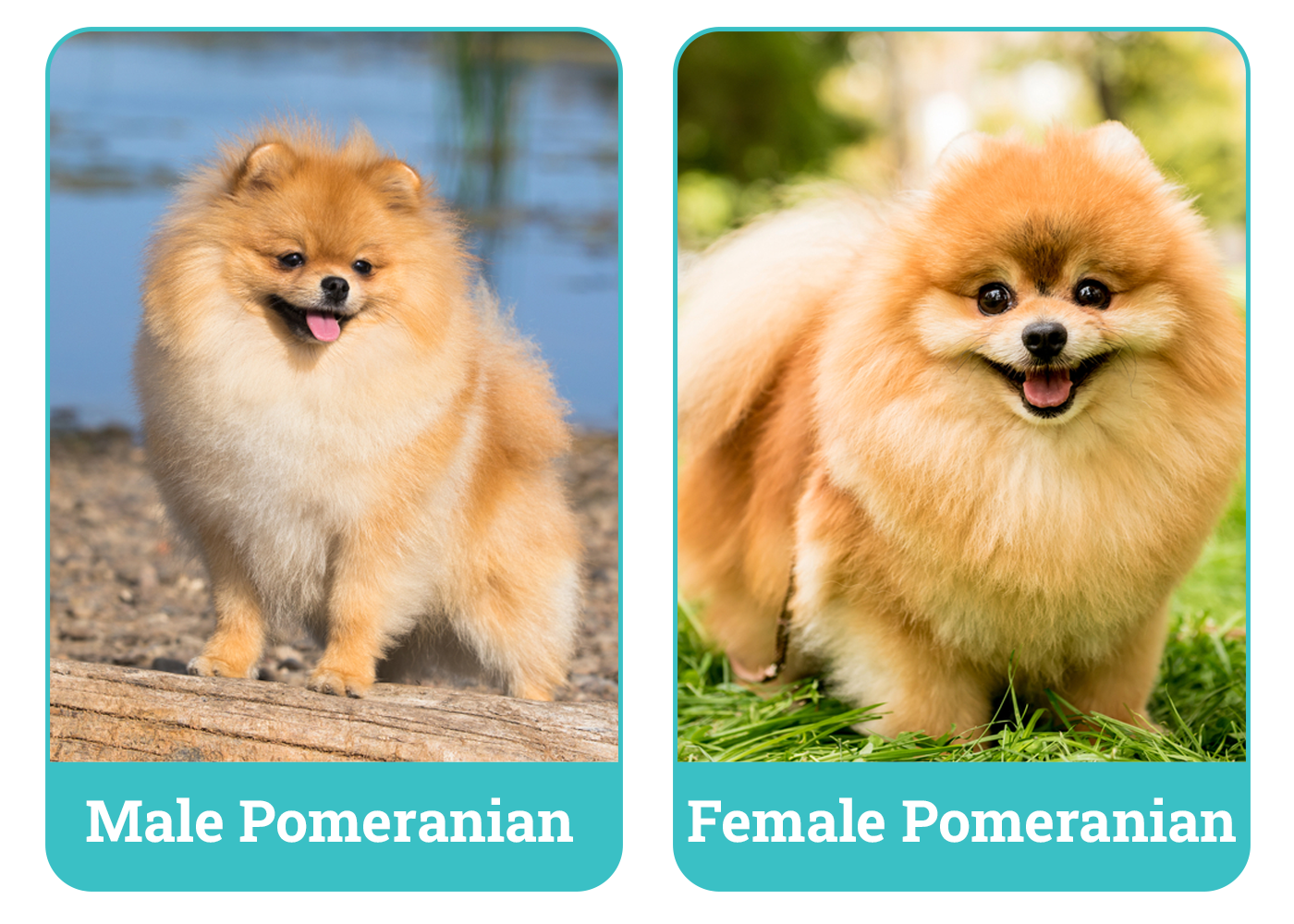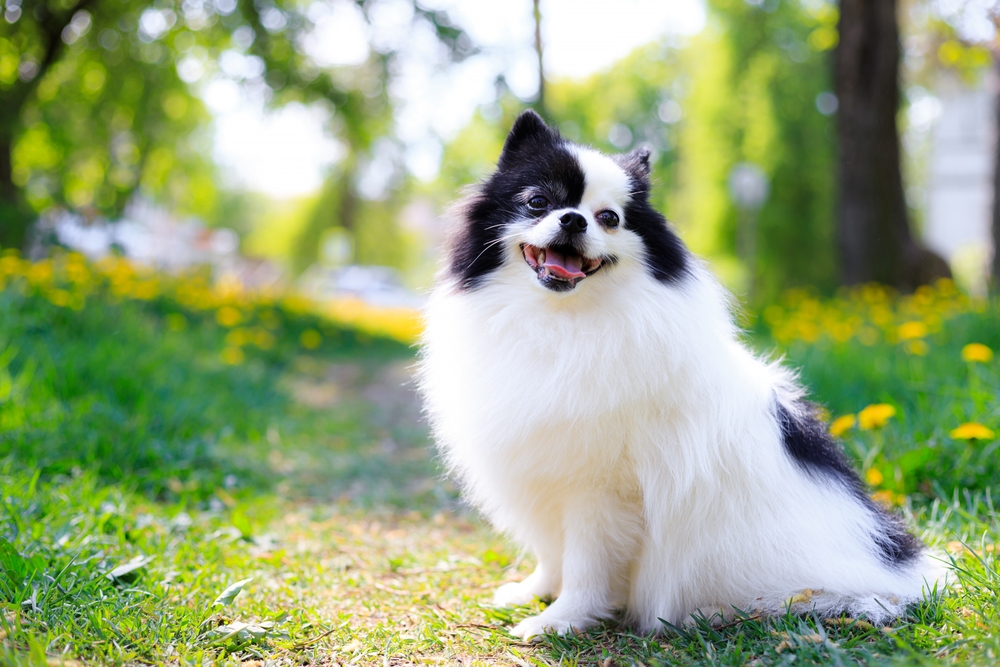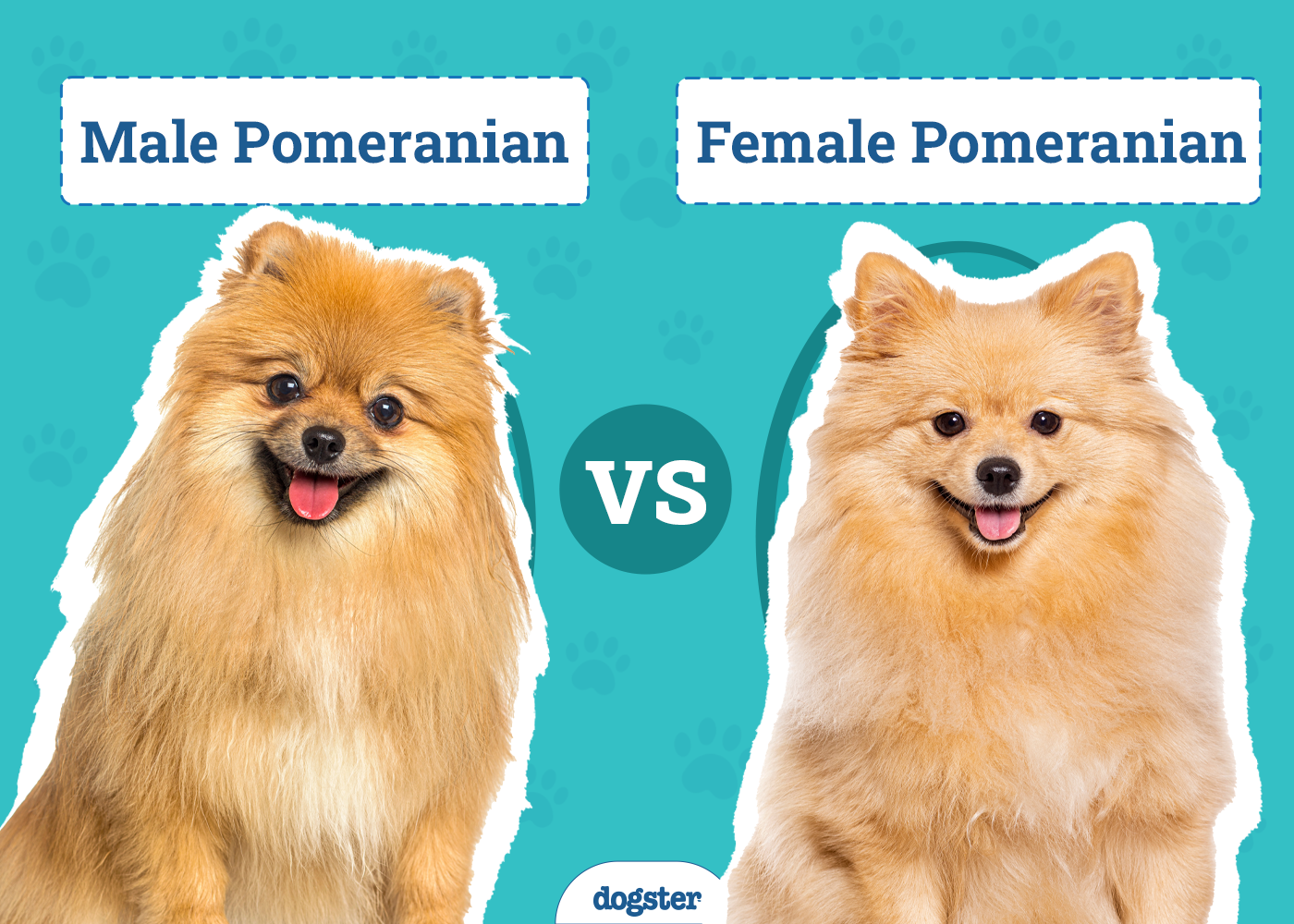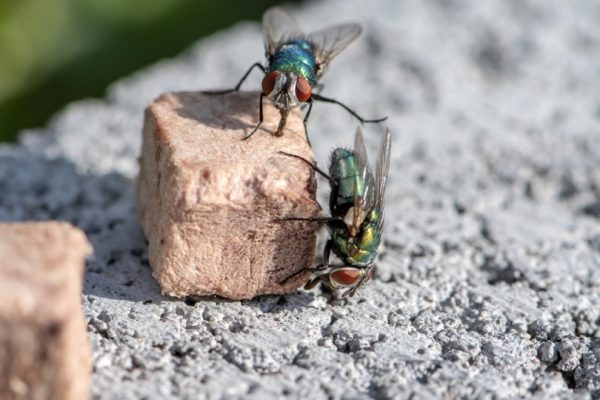In this article
View 3 More +You’ve done your research and concluded that the tiny Pomeranian, also known as the Pom, is the perfect four-legged companion for you and your family. That’s awesome! But now you want to know if there are really any differences between males and females, and if so, what are they?
The answer to this question is unfortunately not so simple: indeed, there are no scientific studies showing unequivocally the behavioral differences and personality traits between male and female Pomeranians. There are a few physical differences, but they are minimal.
However, many Pom owners and breeders report anecdotal observations between their males and females, which is what we will present to you in this article. These tips can undoubtedly help you in the search for the perfect Pom for you!

Visual Differences

At a Glance
- Average height (adult): 6–7 inches
- Average weight (adult): 3–7 pounds
- Average lifespan: 12–16 years
- Average height (adult): 6–7 inches
- Average weight (adult): 3–7 pounds
- Average lifespan: 12–16 years

Pomeranians 101
Pomeranians are exquisite, cocky, smart, and bossy little furballs. They are also alert and will let you know with incessant yapping if there’s a stranger roaming your yard! Plus, don’t be fooled by their delicate, tiny fox-like appearance. These are fairly healthy dogs that will enjoy activities like agility and rallying. Moreover, this gorgeous pup loves attention and being admired, making him ideal for dog training competitions and events.
Besides, due to his small size, the Pom is ideal for apartment living and his exercise needs aren’t too demanding, as long as it has enough space to run around and burn off his energy on a daily basis. He brightens up the house with his lively, curious, mischievous mind and his cheerful character. Plus, he’s easy to train! Just make sure you do it firmly and don’t let him do what he wants; otherwise, your adorable puppy will soon become a little bully.


Male Pomeranians Overview
Personality
Male Pomeranians tend to be more playful and exuberant than females. They are real little clowns that love to attract attention and they quickly make new friends. They are obedient and respectful of their family, although they are easily distracted by newcomers!
Training
The training of Pomeranian males is more or less the same as for females. Males, on the other hand, can be a bit more difficult to train, but only because they take longer to mature. As a result, they will be more distracted and will constantly seek to have fun instead of complying with your overly boring instructions (according to them). Nonetheless, most puppies are, and male Poms are no more or less intelligent than other breeds. You will only need a little more patience than in the case of female Poms.
Health & Care
There are no studies showing that Pomeranian males or females are more prone to suffer from specific health problems. On the other hand, it is true that non-neutered dogs are more likely to suffer from serious health problems, regardless of the breed.
Here are the health issues common to Pomeranians, regardless of the sex:
- Open fontanel
- Shoulder dislocation
- Hypoglycemia
- Progressive retinal atrophy (PRA)
- Entropion
- Patellar dislocation
- Tracheal collapse
- Ductus arteriosus (PDA)

Breeding
Generally, you can breed your male Pomeranian from the age of 18 months, even if he reaches sexual maturity around the age of 9 months. Nevertheless, it is advisable to wait until after the age of 12 months before breeding your male Pom.
- Lively and alert
- Obedient
- Playful
- Friendly
- Easily distracted
- Tend to be sensitive

Female Pomeranians Overview
Personality
Apparently, female Poms are more likely to be territorial and independent than males. They would also be more possessive towards their family, even aggressive towards strangers.
Training
On the other hand, since females mature faster than males, their education can begin at a younger age, which makes them easier to train. They may be more likely to heed your commands and offer less push-back when jumping through any (metaphorical or physical) hoops.

Health & Care
As male and female Pomeranians are generally predisposed to the same illnesses, refer to the Male Pomeranians Health & Care Section for a full explanation of potential health issues in this dog breed.
Breeding
Pomeranian females reach sexual maturity faster than males, i.e., around 6 months. Although she is theoretically able to mate at this age, most experts recommend not to breed your Pom females until they are at least 2 years old. The purpose of this is to prevent them from potential health problems.
- Tends to reach maturity faster
- May be easier to train
- Very loyal
- Affectionate
- Get along better with the other sex
- Can be more possessive
- Do not easily trust strangers

Which Sex Is Right For You?
Although it is legitimate to want to know which sex of Pomeranian would suit you best, know that a dog’s behavior depends mainly on the way in which he or she is trained as a puppy, and on the environment in which he or she has been raised. As there are no studies yet showing clear behavioral differences between the two sexes of this breed, the decision to have a male or female Pom is entirely up to your preference.
Related reads:
- What Were Pomeranians Bred For? History of the Pomeranian
- Pomsky vs Pomeranian: Key Differences (With Pictures)
Featured Image Credit: DrNickStafford, Pixabay (top); Michelle_Raponi, Pixabay (bottom)


















